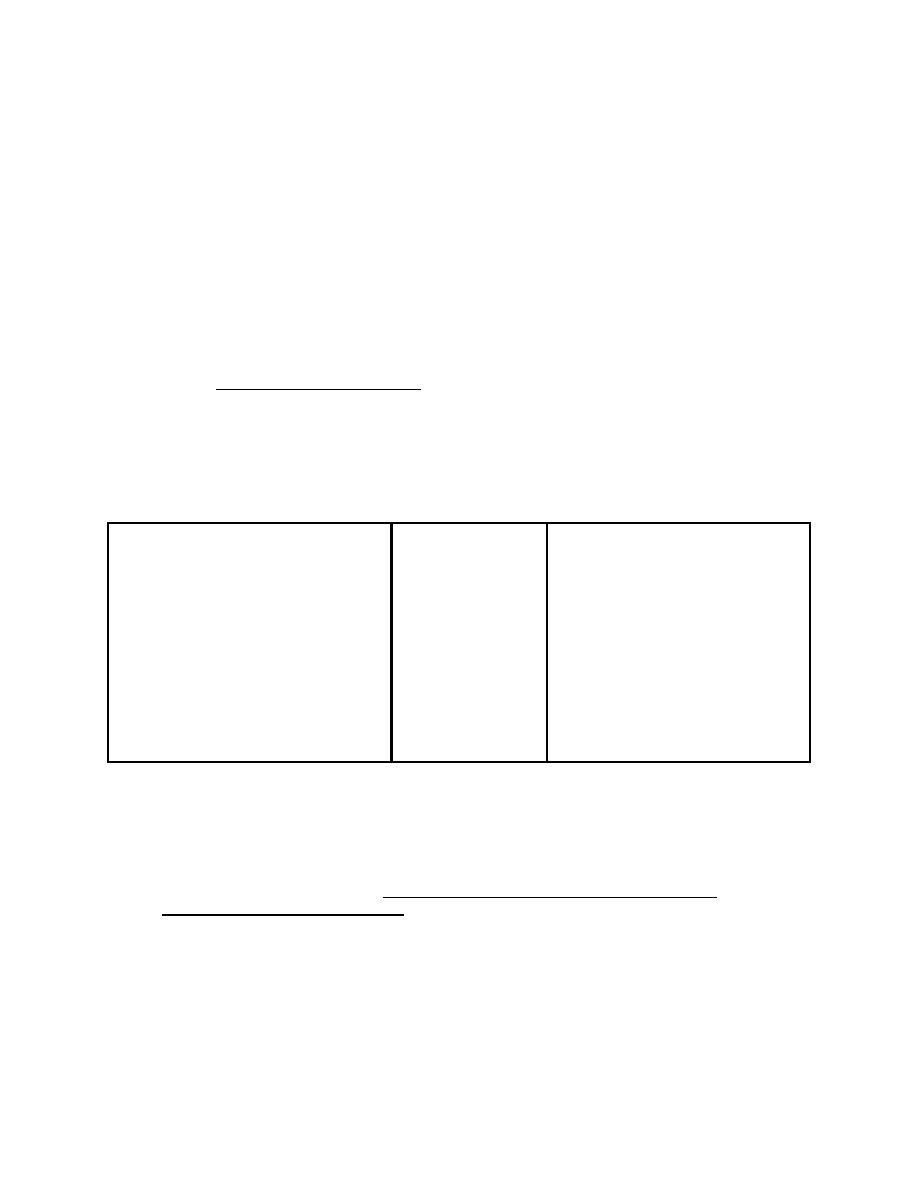
MIL-HDBK-1005/16
Locate all collecting sewers behind the permanent wharf
or pier construction, away from the fender, to avoid impact loads
and damage. Locate pump stations off the pier, behind the
bulkhead lines. If location along the pier deck is required, do
not restrict working area on the pier. Lines behind wharves
should always be buried. See Figures 3 and 4 for typical
installation on piers and quay walls. For design of new piers
and quay walls, consider locating sewers in utility tunnels.
Reduced external corrosion and improved maintainability of sewers
may offset higher construction costs.
4.2.2
Utility Connections. To ensure safety, shore-to-ship
utility service connections at Navy shore facilities shall use
the standardized color codes as a secondary identifier on
waterfront wharf and pierside connections and shore-to-ship hose
assemblies. The primary identifiers shall be plain language
tags, nameplates, or labels. The color code for shore-to-ship
service connections is as follows:
Federal Standard
595(a) No. Fed.
Shore Service
Color
SPED-TT-E-489 No.
Blue, Dark
15044
(40 to 81 psig
[4053 to 8207 kPa])
Nonpotable Water
Red
11105
(100 to 175 psig
[10,132 to 17,732 kPa])
Sewer
Gold
17043
1.
The above colors are used to identify ends of hose assemblies,
pier-side valves, handwheels, or operating levers, and adjacent
deck, curb, standpipe, or guard.
2.
Color coding for shore-to-ship utility connections may vary from
color coding for pier distribution piping or other shore piping
systems. MIL-STD-101, Color Codes for Pipelines and for
Compressed Gas Cylinders, governs the color codes used on pier
distribution piping and other shore piping systems.
3.
Pressures shown are nominal pressures and represent average
conditions.
4.
Psig = pounds per square inch gage pressure;
kPa = kiloPascals.
46



 Previous Page
Previous Page
